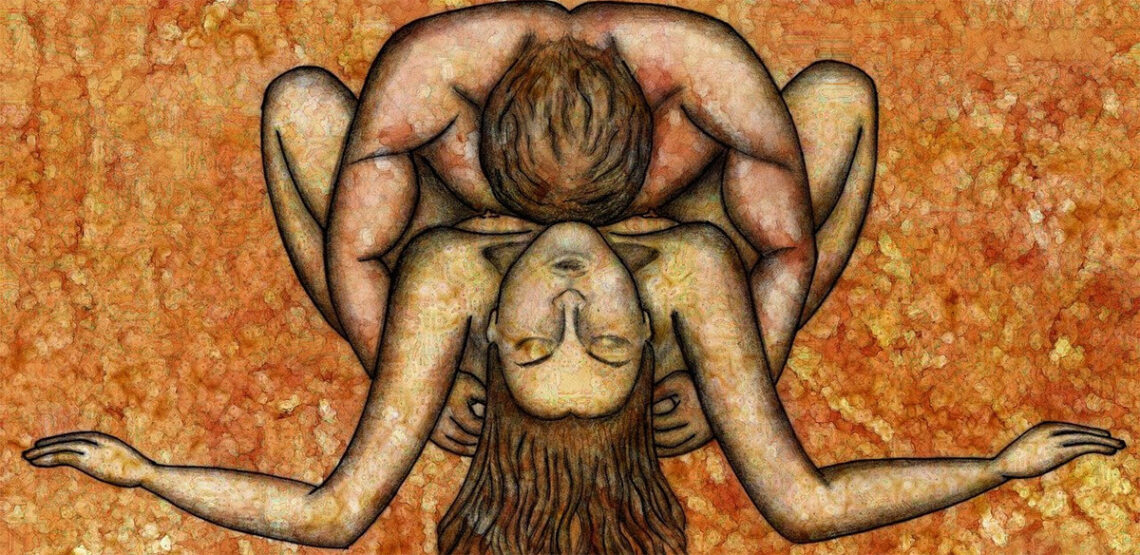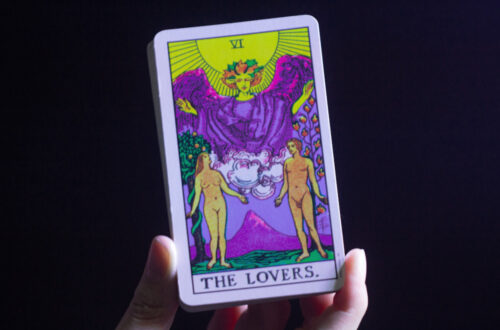
Stones that attract love
Stones that attract love
Love magic has always been the most popular type of magic. Love potions, rituals to lure a lover, divination and the belief in stones that attract love are part of the cultural heritage, not only of ours, but probably of all societies that have ever inhabited the Earth.
Can it be said that there is one correct and right stone that works to attract love? Of course not. Love stones are innumerable. At different times and in different places and cultures, different, sometimes really unusual minerals performed this function. What’s more, another mineral allowed to find love, another healed a broken heart, and another strengthened a relationship or ignited passion.
So let’s see how love magic involving stones was practiced in ancient times, and how it is approached in modern esotericism.
Stones “for love” in the culture of antiquity
Ruby, tourmaline, garnet – stones of strong passion
In the ancient civilizations of the Mediterranean area, the so-called lapidaries, or stone books, a kind of encyclopedias of gemstones, were popular. Unlike modern encyclopedias, stoneware described the magical effects of minerals, their symbolism and importance in astrology. According to the Greeks and Romans, the most powerful love stones were red in color. Red resembled blood, and was associated with passion and fire, which burned lovers. Fire, in turn, symbolized Hephaestus, the husband of Aphrodite, the goddess of love. In Greece, red stones were called lychnids, in Rome – carbuncles. Under these mysterious names were usually rubies, but also red varieties of garnet (almandine, pyrope) and tourmaline (rubellite).
It was the red stones – lychnids – that most numerously adorned Hera’s magical diadem, with the help of which the goddess enchanted and seduced Zeus in Dionysius’ poem Nonnos of Panopolis (in Homer’s version it was a magical headband). In his work, the poet linked the red stones with the deities of love and passion, calling them the stones of Eros, and their brilliance – the flame of Cypress (the nickname of Aphrodite).
Selenite – a stone, causing desire
Selenite was called by the ancients both moonstone (a type of feldspar) and certain varieties of gypsum (modern selenite and fibrous gypsum). The name “selenite” comes from Selene – the goddess of the moon, who, according to beliefs, regulated fertility cycles and vegetation seasons of plants, and, most importantly, evoked feelings of amorous longing and desire in people susceptible to her influence. In the Damigeron-Evax stoneware, selenite is also referred to as afroselenos. The word is a combination of the names Aphrodite and Selene, which is further evidence of the ancients’ belief in the magical effects of this mineral.
Magnetite – a stone, attracting a man’s love
It is interesting that among the Greek love stones appears magnetite, which is not very romantic in appearance. In the poem Nonnos, this mineral, due to its magnetic properties, is described as an aphrodisiac, evoking love in the heart of a man. Magnetite in the beliefs of the Greeks symbolized the goddess of love, and the iron it attracted – Ares, the god of war and lover of Aphrodite.
Pearl – the stone of fertility
Pearls are formed in the sea, which is why they were believed to be an attribute of Aphrodite, born from the foam of the sea. Their power was also associated with fertility, in which one can see the inspiration of Eastern beliefs. (Pearls were sometimes referred to as “Indian love stones.”) According to legends, moon deities, guardians of fertility, participated in the formation of pearls. Thus, the pearl in the Greco-Roman imagination functioned not only as a stone of love, but also as a symbol of femininity, sexual maturity and fertility.
Blue sapphire (hyacinth) – the stone of longing
In the Greco-Roman world, hyacinth (the stone, not the flower) was also associated with love magic. It was a stone that evoked longing for a loved one. According to legend, it was created after the death of Hyacinth, who died struck with a disk by Apollo, who was in love with him. The stone, born from the blood of the tragically deceased young man, was an expression of the god’s longing for his lost love. Nowadays, hyacinth is referred to as red-orange zircon, however, it is probably not the same stone that appears in the Greek myth. For a long time it was not known what specific mineral the ancients called hyacinth, however, modern interpreters of ancient literature and mineral scientists agree that it was blue sapphire.
Stones that attract love. Present times
Modern adepts of stone-related magic like to draw on various religions, beliefs and philosophies. In the practices they practice, one can see inspiration from Hinduism and Buddhism, Chinese alternative medicine, feng shui or the Jewish Kabbalah (see post on zodiac stones). The rituals themselves are often set in the climate of pagan rituals of Celtic, Germanic or Slavic peoples.
In modern magical practices, as in the past, the color of the stone is of great importance.
Red stones usually refer to the physical aspects of love (sex, lust), pink – to spiritual aspects (attachment, friendship).
Interestingly, in the case of stone color, it is not only about its symbolic meaning and associations, but also about the type of coloring element, which is also attributed magical effects. In the case of love magic, for example, manganese, the element responsible for the pink color of the stones, is important.
According to the concept of chakras, or energy points located on the human body, the heart chakra is responsible for love. Pink (rose quartz, rhodonite, rhodochrosite, morganite, pink opal, pink agate, pink jasper, garnet) and green (jade, nephrite, emerald, olivine, heliotrope, malachite, amazonite, chrysoprase) stones are assigned to it.
Rose quartz – a versatile stone of love.
Rose quartz is considered the most versatile stone that attracts love. This mineral affects all types of love – self-love, family love, romantic love, as well as friendship. Its task is not to lure a particular chosen person, but to help find the other half. Rose quartz is popular among modern witches, because its magic does not force anyone to love, but brings soulmates together.
Morganite, magnetite – stones of emotional bonding
Morganite is a pink variety of beryl, so like rose quartz and rhodonite it is attributed to the heart chakra. According to modern witches, morganite is supposed to foster emotional openness to another person, as well as enhance patience during the arduous development and building of a relationship. Magnetite is said to have a similar effect. Its presence in modern magical practices can be traced back to ancient mythology. Today, however, it is believed that instead of luring the chosen one, like a love potion, it attracts partners who are in a relationship to each other, strengthening the spiritual bond that already existed between them.




